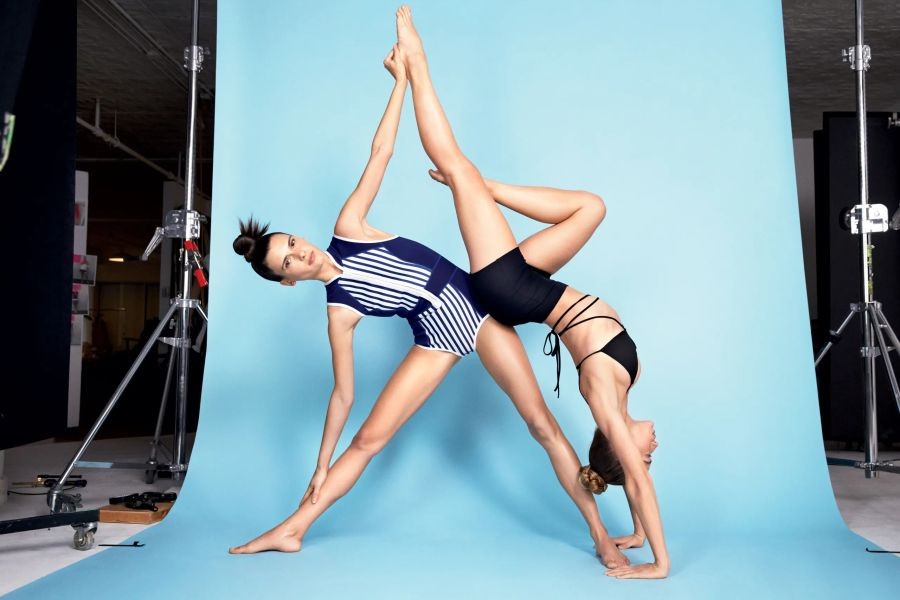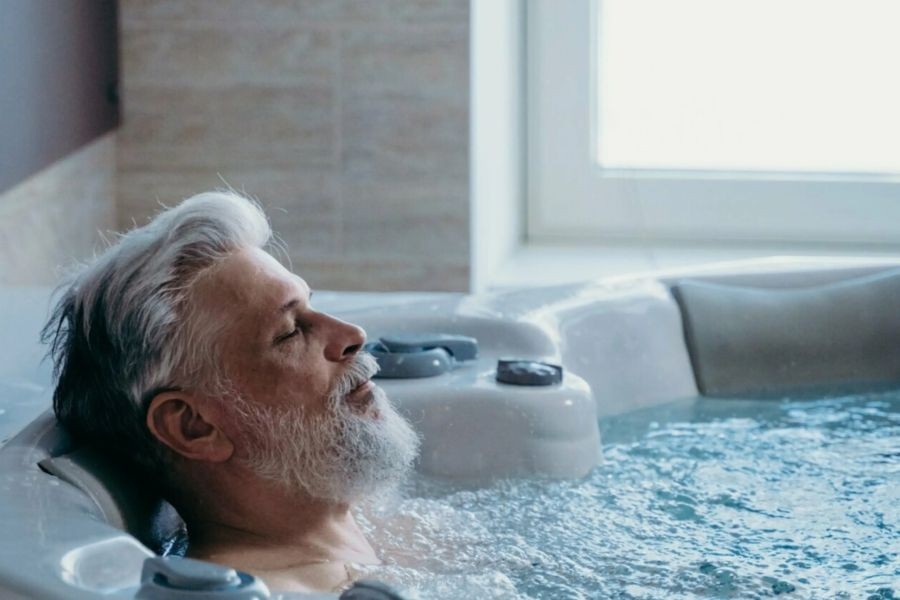In the realm of fitness and wellness, Yoga and Pilates have emerged as two popular disciplines, each promising unique benefits. However, choosing between them can be daunting, especially when considering specific fitness goals. This article delves into the intricacies of Yoga and Pilates, providing a comparative analysis to guide you in selecting the one that aligns best with your fitness aspirations.
Understanding Yoga: A Holistic Approach
Originating in ancient India, Yoga is more than just a physical practice; it is a holistic approach to wellness, integrating mind, body, and spirit. Yoga practices often involve various postures (asanas), breathing techniques (pranayama), and meditation, which together promote flexibility, strength, and mental tranquility.
In Australia, Yoga has gained immense popularity, with yoga studios flourishing across cities. According to the Australian Bureau of Statistics (ABS), the number of Australians practicing Yoga increased by 20% from 2018 to 2022. This rise is attributed to the growing awareness of mental health benefits and stress reduction that Yoga provides.
Benefits of Yoga
- Flexibility: Regular practice enhances flexibility and range of motion.
- Mental Health: Yoga is known for reducing anxiety and depression, as supported by numerous studies.
- Stress Reduction: Techniques like meditation and pranayama help in managing stress effectively.
- Balance and Coordination: Yoga improves balance, reducing the risk of falls, especially beneficial for older adults.
Exploring Pilates: Core Strength and Stability
Pilates, developed by Joseph Pilates in the early 20th century, focuses on core strength, posture, and alignment. It involves a series of controlled movements, often performed on a mat or specialized equipment, to enhance physical strength, flexibility, and endurance.
Pilates has gained traction in the Australian fitness scene, particularly among those seeking rehabilitation from injuries and a focus on core stability. With endorsements from physiotherapists and athletes, its appeal lies in the precision and control of movements, making it suitable for all fitness levels.
Benefits of Pilates
- Core Strength: Pilates emphasizes strengthening the core muscles, crucial for overall stability.
- Posture Improvement: Regular practice corrects postural imbalances and promotes alignment.
- Rehabilitation: Pilates is often used in rehabilitation settings to aid recovery from injuries.
- Controlled Movements: The focus on precision reduces the risk of injury during workouts.
Case Study: Yoga and Pilates in Australian Workplaces
Many Australian companies have integrated Yoga and Pilates into their corporate wellness programs to enhance employee well-being and productivity. A notable example is the Commonwealth Bank of Australia, which implemented weekly Yoga and Pilates sessions for employees. As a result, they reported a 15% reduction in employee stress levels and a 10% increase in productivity, showcasing the tangible benefits of these practices.
Comparative Analysis: Yoga vs. Pilates
While both disciplines offer significant benefits, the choice between Yoga and Pilates largely depends on individual fitness goals and preferences. Here’s a detailed comparison:
Flexibility and Mindfulness
Yoga: Ideal for those seeking improved flexibility and mental relaxation. It integrates meditation, making it suitable for stress reduction.
Pilates: Focuses more on physical strength and stability, with less emphasis on mindfulness compared to Yoga.
Core Strength and Rehabilitation
Yoga: While it strengthens core muscles, its primary focus is not on core stability.
Pilates: Exceptional for core strengthening and is widely used in rehabilitation programs, making it ideal for those recovering from injuries.
Common Myths and Mistakes
Despite their popularity, several misconceptions surround Yoga and Pilates:
- Myth: Yoga is only about flexibility. Reality: Yoga also improves strength, balance, and mental well-being.
- Myth: Pilates is only for women. Reality: Pilates is highly beneficial for men, especially athletes, due to its focus on strength and stability.
- Myth: You need to be fit to start Pilates. Reality: Pilates can be adapted to any fitness level, making it accessible to beginners.
Future Trends and Predictions
The future of fitness in Australia is expected to see a blend of traditional and modern practices. With the Australian government’s increasing focus on mental health, Yoga’s popularity will likely continue to rise, supported by initiatives promoting mental wellness. Meanwhile, the growing awareness of core strength and injury prevention will sustain Pilates' appeal, especially in corporate wellness programs.
Conclusion
Choosing between Yoga and Pilates hinges on your fitness goals. If you seek mental peace, flexibility, and a holistic approach, Yoga may be your path. Conversely, if core strength, posture, and rehabilitation are your priorities, Pilates offers a structured and effective regimen. Regardless of your choice, both practices promise a journey toward enhanced well-being and health.
People Also Ask
- How does Yoga impact mental health in Australia? Yoga has been shown to reduce anxiety and depression, with a 20% increase in practitioners reported by the ABS.
- What are the biggest misconceptions about Pilates? A common myth is that Pilates is only for women, but it benefits everyone, particularly athletes.
- Who benefits the most from Yoga and Pilates? Both disciplines are beneficial for individuals seeking improved physical health, mental well-being, and rehabilitation from injuries.
Related Search Queries
- Yoga vs Pilates for weight loss
- Benefits of Yoga and Pilates
- Yoga classes near me
- Pilates for beginners
- Yoga vs Pilates for flexibility
- Core strength exercises
- Mental health benefits of Yoga
- Pilates equipment for home
- Yoga poses for stress relief
- Pilates studios in Sydney































nataliasheil85
8 months ago